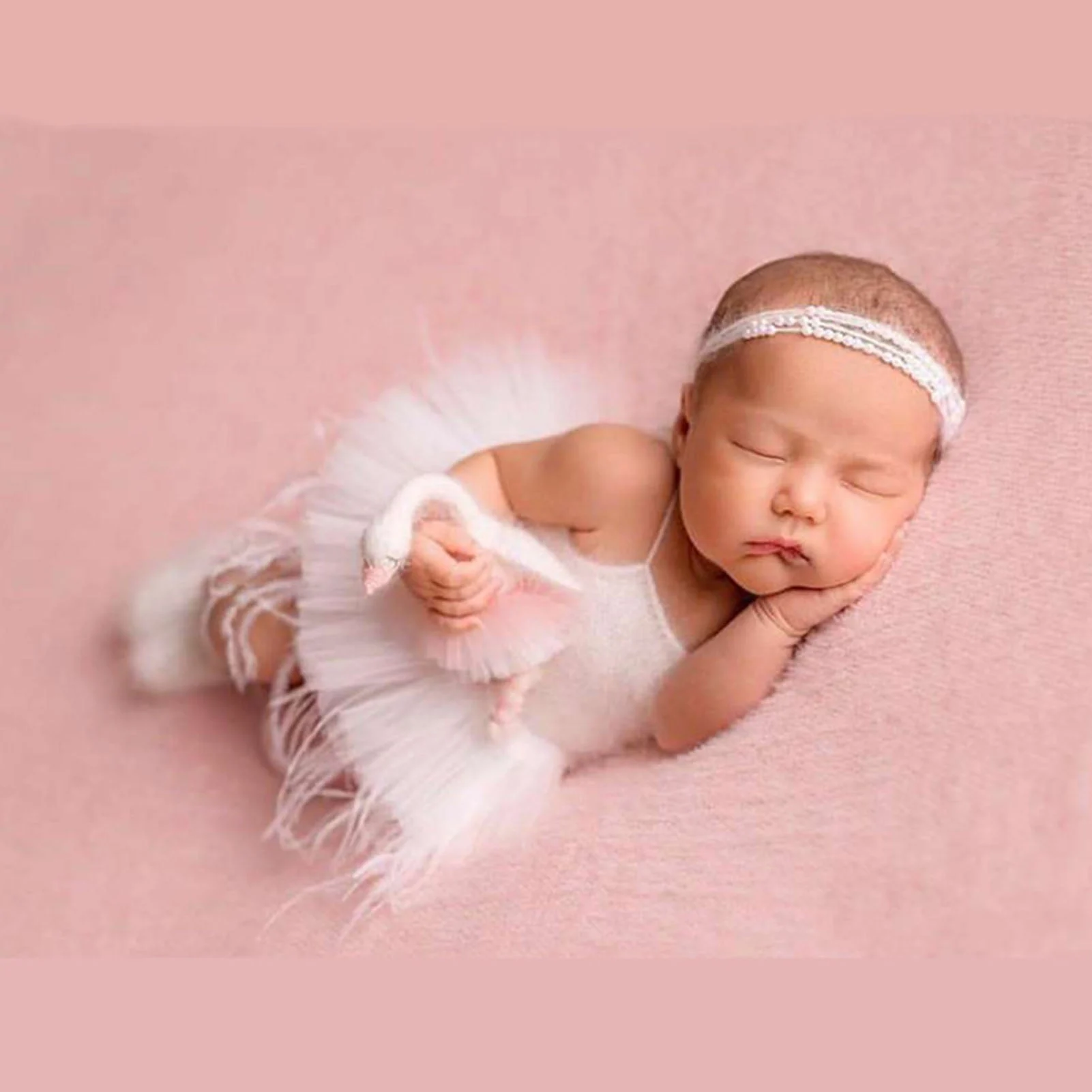The dress cost $85, an extravagant expenditure that consumed nearly my entire entertainment budget for June. A wave of guilt washed over me for splurging on a single item when I desperately needed work blouses and perhaps a new pair of shoes to enhance my limited professional wardrobe. Yet, I made the purchase anyway.
At 23, my weekends revolved around weddings—whether as a guest, bridesmaid, or a guest-book attendant. The dresses I had brought from college were outdated and worn. I grew weary of feeling self-conscious at every celebration.
Even two decades later, I can still vividly recall the stunning emerald hue and the delicate lace adorning the hem. The silky fabric felt cool against my sun-kissed skin, and I had never worn anything so lavish in my life. It accentuated my youthful curves perfectly, and regardless of the ups and downs I faced, I felt undeniably beautiful each time I donned that dress.
For years, I wore that green dress to what felt like a million weddings—some of high school friends, others from college, and even new acquaintances from work. I adorned it with scarves, jewelry, and shoes, mixing and matching to create fresh looks. Those years were filled with joy—crafting ribbon bouquets while friends unwrapped endless kitchen gadgets, enjoying bite-sized crab cakes, and dancing to nostalgic tunes from the ’70s. I often confided in my best friend late at night, after a few too many wine coolers, that I felt like a child wearing adult clothes, navigating the corporate world by day and witnessing my friends’ nuptials by night.
After my own wedding, I moved the green dress from my one-bedroom apartment, where I lived with my black Lab, to my husband’s condo. I wore it a few times as a newlywed, relishing the fact that I no longer needed to catch the bouquet. The following year, I proudly hung it in the spacious walk-in closet of our new three-bedroom home, filled with sunlight. Life felt fulfilling.
Then came the babies. The years passed in a blur as I attended and hosted baby showers. The green dress languished behind maternity wear and nursing tops, forgotten. I didn’t invest in a special outfit for baby showers; my body changed so frequently that it seemed futile to buy anything that could easily become stained.
As the babies grew into children, the green dress eventually found its way into the donation pile during a closet declutter. I tried to convince myself it was just a dress as I tossed it alongside fashion missteps and other beloved garments. I realized I would never fit into that dress again, and I accepted that. Still, it saddened me that it no longer suited my life. I had my husband take the bags to a women’s shelter; I couldn’t bring myself to part with my cherished garment.
The funerals came quietly, lacking the fanfare of weddings and births. I attended a friend’s mother’s service, sitting in the back pew, burdened by the realization that one day, I too would experience such loss. I witnessed my husband’s childhood friend walk down the aisle behind his mother’s casket, holding his young son, and later celebrated my father-in-law’s life at home with his favorite foods after his sudden passing. These losses were profound and transformative. Amidst homework and laundry, I stopped waiting for someone to guide me and instead embraced my own voice.
One evening, after a long day of shuttling my kids around, I stumbled upon a navy blue dress in a glossy catalog. I had previously dismissed the store as catering to older women, yet I found myself drawn to its classic designs. This dress was beautiful, well-crafted, and flattering for my now middle-aged figure. It wasn’t black, which I found dreary; instead, it was navy—a color I could embrace.
After some internal debate, I came to the practical realization that loss would continue throughout my life, and I was tired of scrambling for appropriate funeral attire from my predominantly bright wardrobe. While clothes wouldn’t erase grief, I had learned that wearing the right outfit could provide the strength needed to face difficult moments.
The dress was $112—a reasonable price, and soon it arrived in a plain gray package. I tucked it away in the closet for a private fitting.
Later that night, I slipped it on and felt a rare moment of self-acceptance as I gazed in the mirror. I looked beautiful, and the dress fit comfortably. I saw a reflection that matched how I felt inside, albeit an older version. This dress would remain in my closet.
As I hung it carefully, I avoided envisioning the somber occasions it might accompany me to in the future. Instead, I hoped it would be a long time before I would need to wear it again. I closed my closet door and retired for the night.
For further insights into home insemination, check out this resource: intracervicalinsemination.com. Additionally, if you’re interested in artificial insemination kits, visit makeamom.com for expert advice. For more detailed information on family planning options, resolve.org is an excellent resource.
Summary
This narrative reflects the journey of a woman through various life stages, from joyous weddings to somber funerals, marked by the significance of her green dress and later, a navy dress. The evolution of her life experiences is poignantly captured, illustrating how clothing can symbolize moments of beauty and grief.
